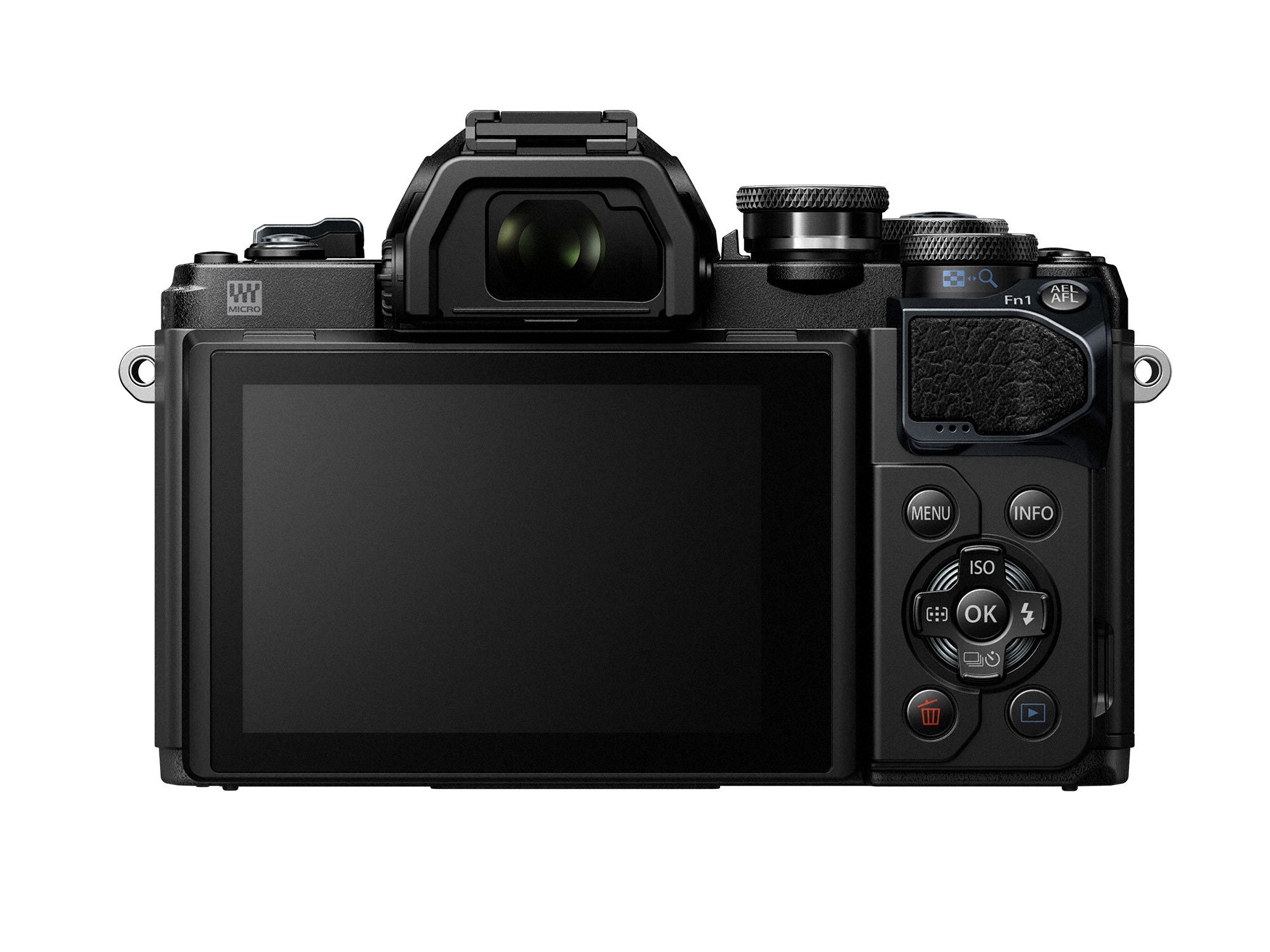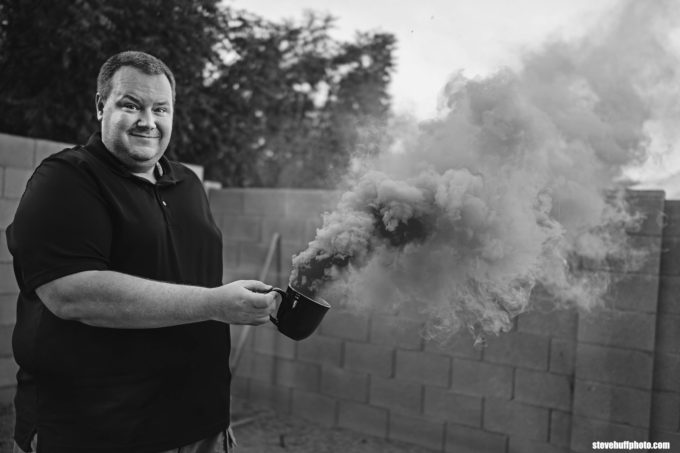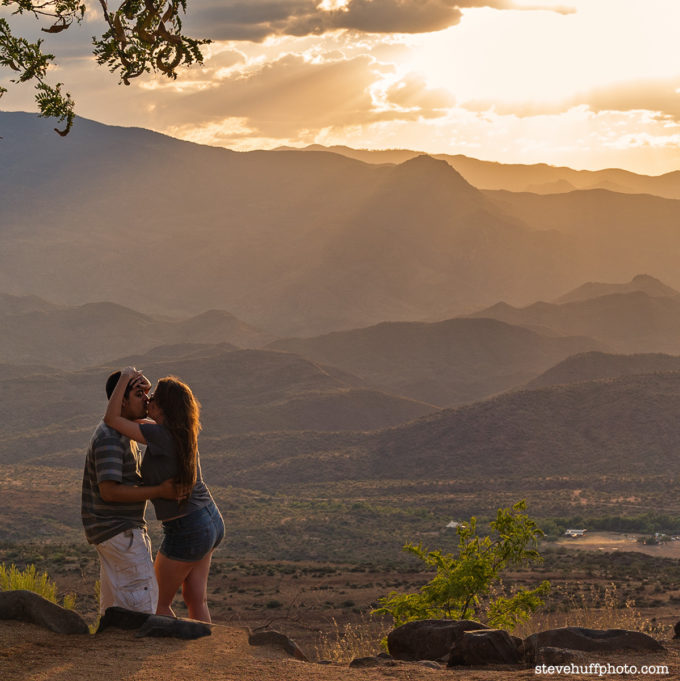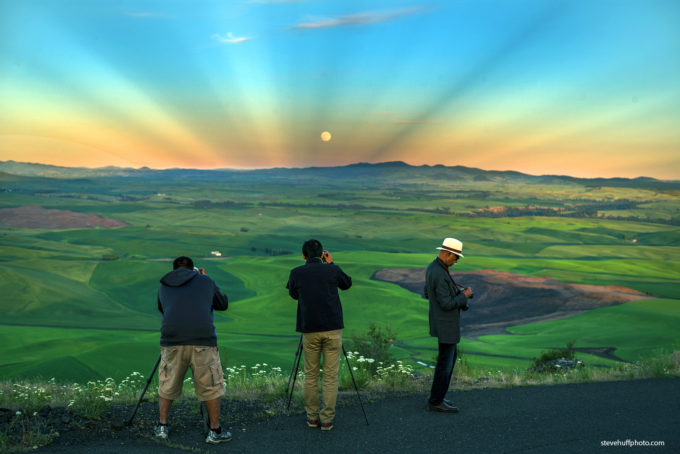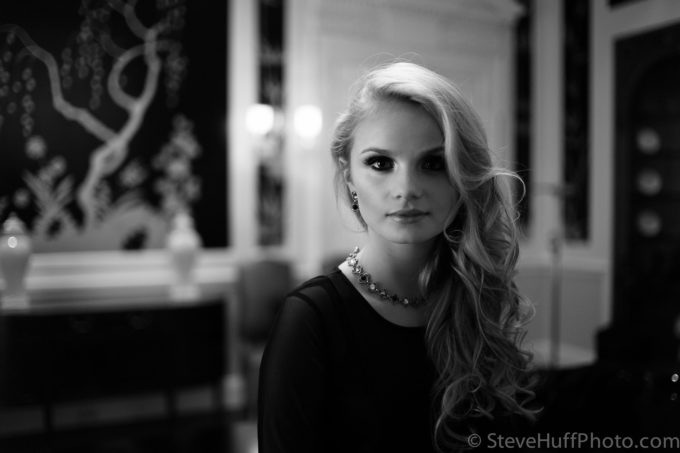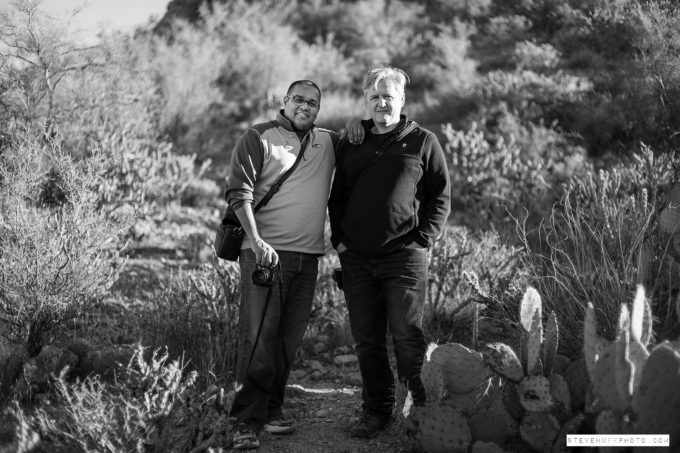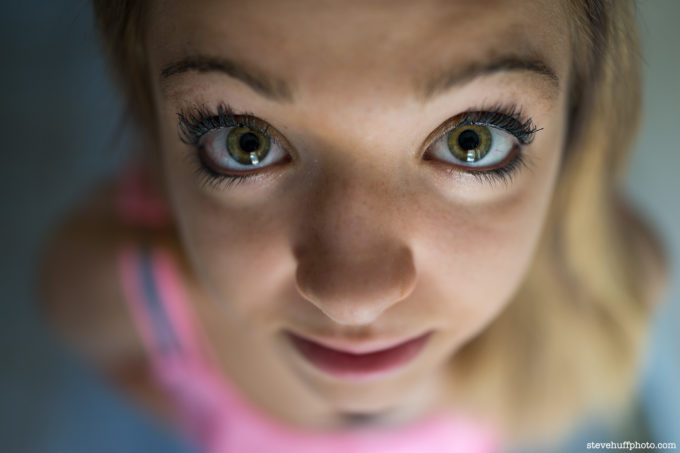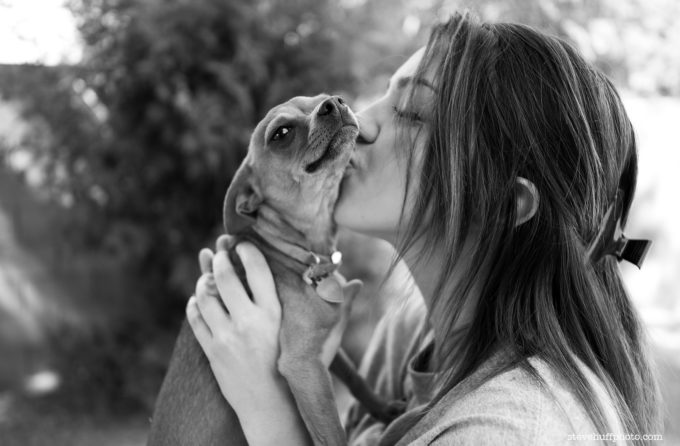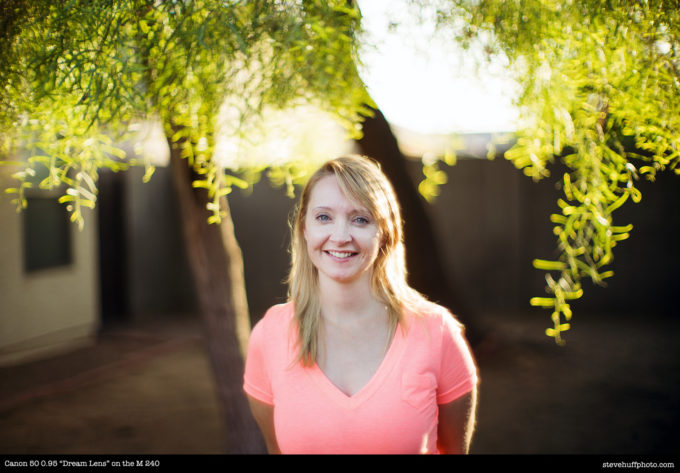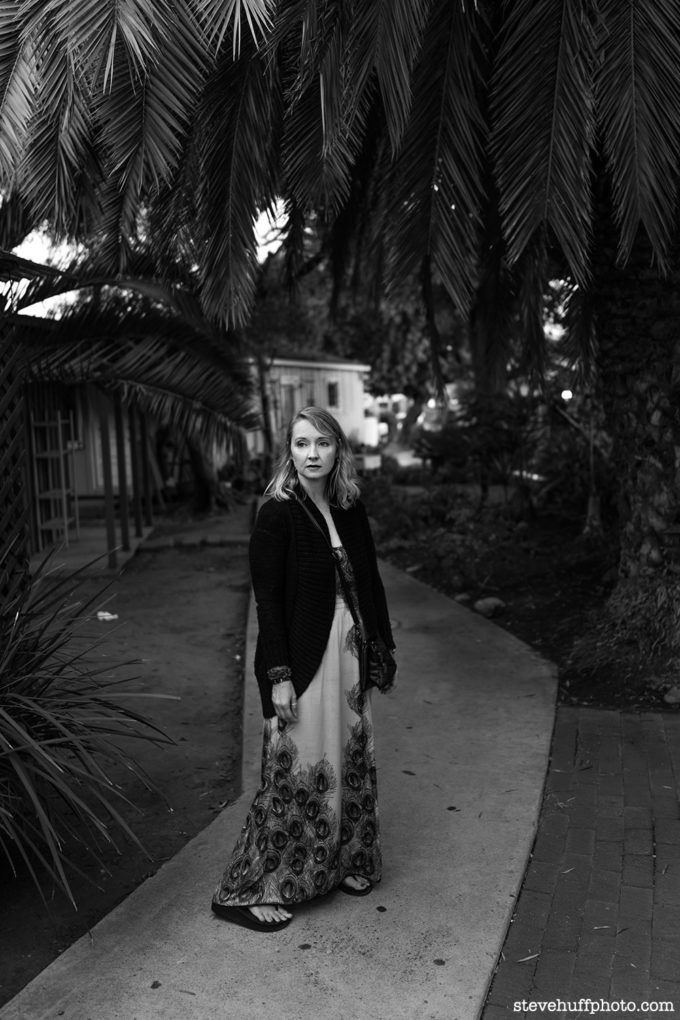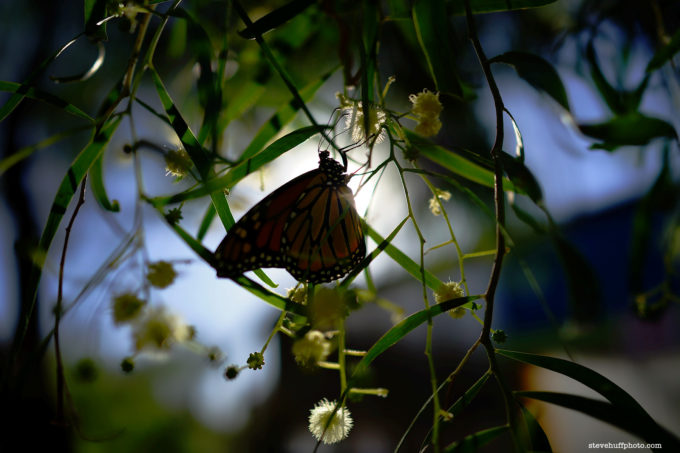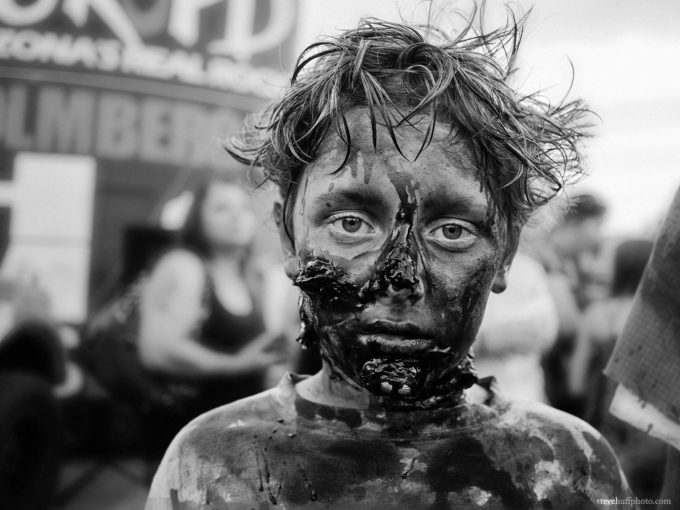Home » Tutorials » Landscape » What's the Best Camera for Landscape Ph...
Despite what many people seem to think, great landscape photos can be captured on just about any camera these days. Smartphones, point-and-shoot compacts, and bridge cameras are all capable of outstanding results. However, they do lack a certain degree of functionality and versatility. For that reason, most landscape photography enthusiasts tend to invest in one of two popular systems – a digital SLR (Single Lens Reflex) or Mirrorless camera. Both systems have their pros and cons; your decision will be dictated by versatility, preference and weight. Let's take a look at some of the key things to consider, and what the best camera for landscape photography is today.

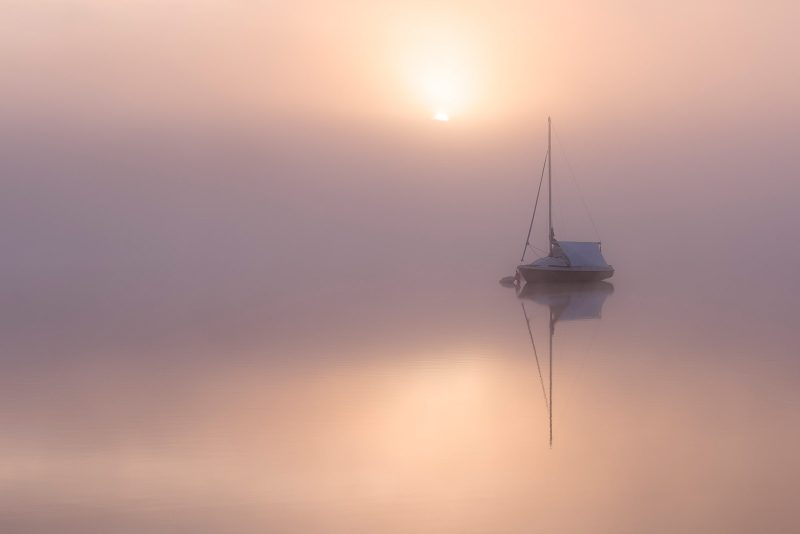
Landscape photographers will normally be using a tripod and focusing and composing via LiveView when taking their photos.
Unlike the best cameras for wildlife photography, landscape photographers generally do not require speed. A high frame rate, or the most sophisticated AF system, is typically of no great advantage. If you are a landscape photographer who intends to shoot star trails, the Northern Lights or the Milky Way, higher ISO performance should be a consideration. Otherwise, you are unlikely to raise the ISO much above 400 when shooting landscape scenes, as you will normally be using a tripod and maximising image quality will be your top priority.
The features most important to landscape photographers when choosing a camera are megapixels (high-resolution cameras are capable of capturing exquisite, fine detail) and good dynamic range (for coping with high contrast scenes at dawn and dusk). Most landscape photographers favour composing and fine-tuning their composition via LiveView, as this is another key function that should remain clear and usable even in low light situations.

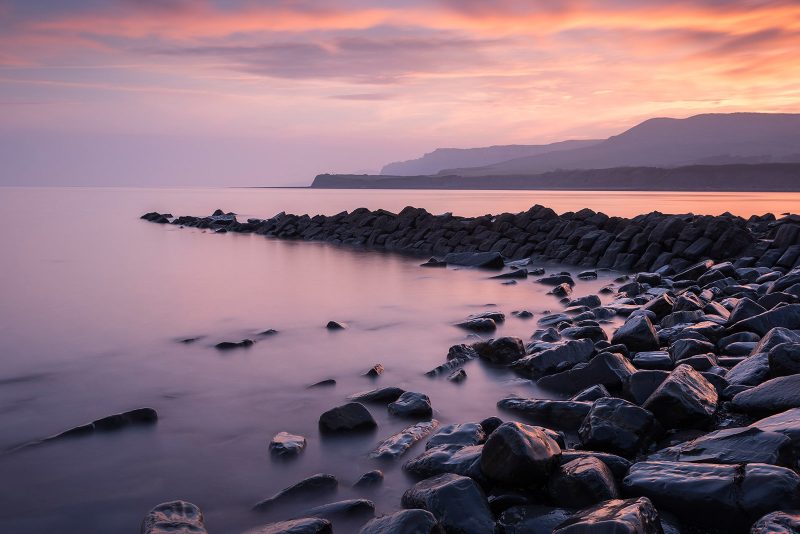
Landscape photographers rarely need speed or require advanced AF systems or patterns. Instead, a sensor's ability to capture contrast (dynamic range) is a major priority in choosing a camera.
Weather sealing is something else you really should consider prior to purchase. Cheaper cameras today still offer exceptionally high image quality – you don't have to remortgage the house anymore to buy a decent body. However, consumer cameras do obviously lack some of the build quality of higher-end models. Landscape photographers spend a large amount of time battling the elements in order to capture the most dramatic light or seasonal conditions. If you want a camera that can cope with extremes and is able to deal with wet weather or sea-spray, be prepared to spend a little more to get a model that is adequately protected.
Digital SLR Cameras
Digital SLRs remain the most popular camera for landscape photography – they are versatile and offer the best ergonomics. SLRs have a mechanical mirror system and pentaprism designed to direct light from the lens to an optical viewfinder. When you trigger the shutter, the mirror assembly swings upward, the aperture narrows to the f-stop selected, and the shutter opens to allow sufficient light to pass through the lens and expose the sensor.
The whole process can take just a fraction of a second, and some models are remarkably fast, with the ability to capture 13 or 14 frames per second (fps). However, speed is not normally a key selling point for landscape photographers. When shooting a scene, it is rare to want to shoot a long continuous burst, while shutter length is often slow due to the selection of smaller apertures to generate front-to-back sharpness. Digital SLRs are highly customisable, being compatible with a vast range of interchangeable lenses, filters and accessories. This provides them with almost endless creative potential.

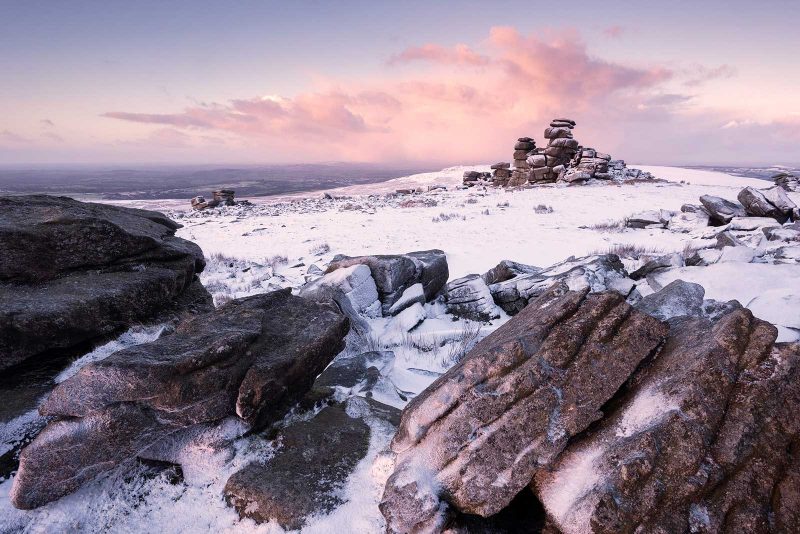
Landscape photographers require a camera that is weather sealed and capable of withstanding weather extremes. Sensor Size
Digital SLRs tend to have either full-frame or cropped sensor types. This refers to the actual size of the sensor. Full-frame models employ a chip that is approximately the same size as a traditional 35mm film frame (36mm x 24mm), while cropped digital SLRs adopt a smaller sensor – typically in the region of 25.1 x 16.7mm.
The smaller size of a cropped sensor effectively multiplies the focal length of the lens. This multiplication factor can range from 1.3x to 1.6x depending on the manufacturer and chip size and needs to be applied to calculate the camera's 35mm equivalent focal length. For example, a 24mm wide-angle effectively becomes 36mm when attached to a cropped type SLR with a 1.5x multiplication factor. To achieve the exact same wide-angle characteristics and field of view of 24mm on a crop camera, you would need to attach a 16mm lens instead. Most camera brands have a lens range designed for cropped type SLRs, such as Canon's EF-S and Nikon's DX lens ranges.

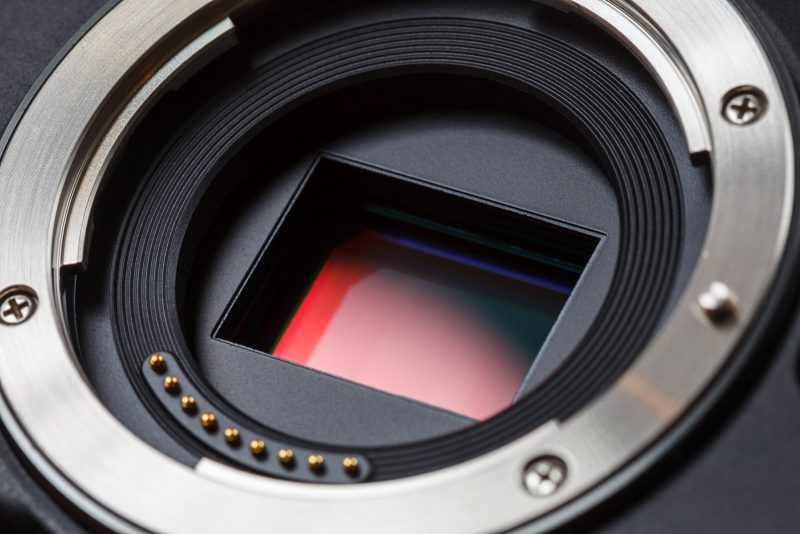
Further Reading: The Difference Between Full Frame & Crop Sensors
Generally speaking, the larger the sensor, the better the image quality. Typically – though not always – full-frame sensors boast better dynamic range, cleaner shadow detail, lower noise and enhanced tonal transitions. Also, while the crop factor can be advantageous to wildlife photographers shooting subjects further away, landscape photographers wish to retain the characteristics and large field of view of traditional wide-angle lenses.
Mirrorless Cameras
An increasing number of landscape enthusiasts are now favouring mirrorless cameras. Fuji, Olympus, and Sony have led the mirrorless revolution, producing a range of innovative mirrorless models that rival the quality and versatility of a traditional SLR.
As the name suggests, their design discards the (arguably) outdated and bulky reflex mirror and prism mechanism – instead, light passes through the lens directly onto the sensor. This enables a lighter, more streamlined construction. Images are composed via either an electronic viewfinder (EVF) or LiveView on the rear LCD screen – or in some instances a supplementary optical viewfinder (similar to a rangefinder).
Sensor size ranges greatly depending on the model, with some mirrorless cameras boasting a smaller, micro four-thirds chip (with a 2x multiplication factor), while others models are full-frame. Mirrorless users benefit from such things as focus peaking and enhanced video capability, although battery life is typically shorter than that of an SLR camera. While their quality is undoubted, arguably their biggest appeal to landscape photographers is related to size and weight. Generally speaking, they are smaller and more portable – as are compatible lenses and accessories. Weight is a big consideration for landscape enthusiasts. The best vistas are often elevated or require a lengthy walk, potentially over rough or uneven ground. The less you have to carry, the more prepared you will be to walk further and for longer in order to access the best viewpoint.
Further Reading: DSLR or Mirrorless: What's the Difference?
The Best Cameras for Landscape Photography
So, having discussed some of the features to look for in a landscape camera, below you will find a handful of options that I believe are some of the best cameras for landscape photography.
Canon EOS 5DS R

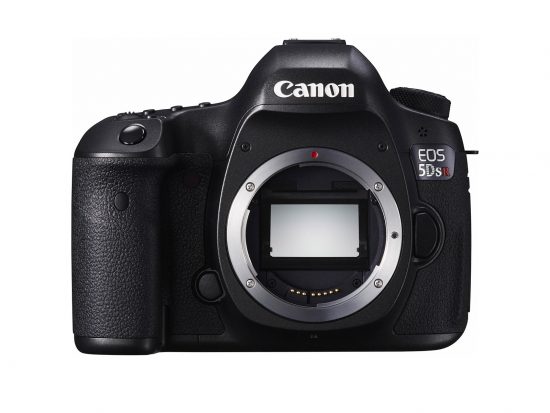
With a huge resolution of 50.6-megapixels, the Canon EOS 5DS R is currently the DSLR with the highest pixel count. A full-frame model, it is aimed primarily as a stills camera, lacking video-centric features like headphone sockets or HDMI output. This is a solid, professional camera with a price-tag to match. It is great performer and, if speed and video aren't a priority, this is an excellent choice.
There is also a Canon EOS 5DS, which is designed with an optical low pass filter and is slightly cheaper as a result.
Nikon D810

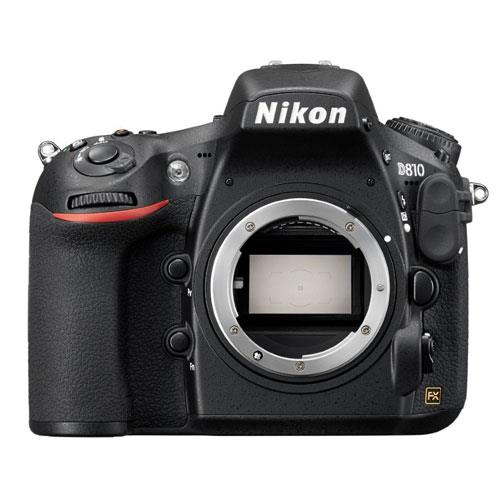
Currently Nikon's leading full-frame camera, but soon to be superseded by the Nikon D850; this is superb camera for landscapes. With a 36.3-megapixel chip, it boasts more than enough pixels but also has excellent dynamic range, shadow detail and high ISO capabilities. It does lack an antialiasing filter for optimum in-camera sharpness, but battery life and LiveView are improved, compared to older models. The Nikon D750 is an excellent cheaper alternative.
Canon 5D Mk IV

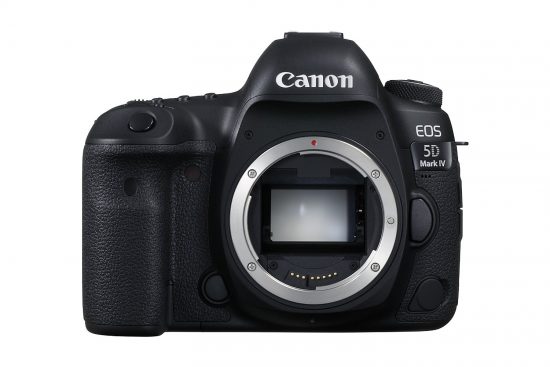
Another excellent full-frame camera with a more than adequate resolution of 30.4-megapixels. It also boasts 4k video capture and a fast burst rate of 7fps among its specification – this is a top performer and a very good all-round model. However, it is more costly than the Nikon D810 and not generally considered to represent the best value for money.
Sony a7R II

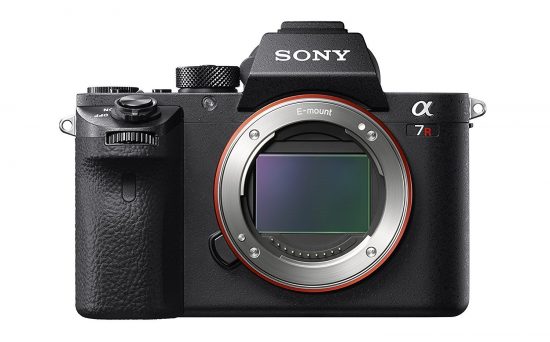
Landscape enthusiasts will find the Sony a7R II hard to ignore. This is a full-frame mirrorless camera with 42.4 megapixels. It has a back illuminated image sensor, 4K video, built-in image stabilization and improved low light performance.
Sony cameras are often considered fiddly to operate, but this model comes with improved ergonomics and handling. It is well weather sealed as well. A good number of professionals have already made the switch.
Fujifilm X-T2

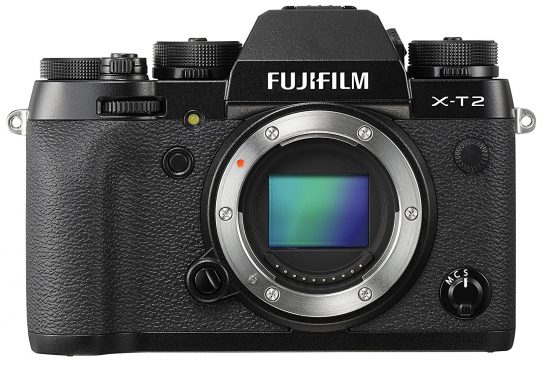
Fujifilm mirrorless cameras have become a big favourite among landscape photographers. They are fun to use, handle well, provide great image quality and – crucially – are comparably lightweight. They have great colour rendition and dynamic range. Oh, and they look great too!
The Fujifilm X-T2 has a resolution of 24.3-megapixels (APS-C size sensor), offers 4K video capture, and has an array of useful features.
Best Budget Landscape Photography Camera Nikon D5600

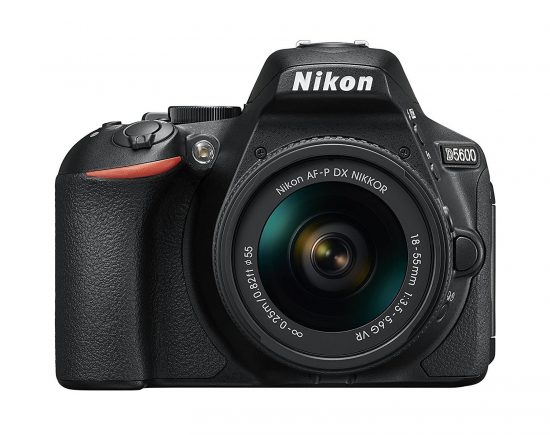
Given its price-tag, this is a camera bursting with features. It is a cropped-type DX-Format camera with an ample resolution of 24.2-megapixels. It has a large vari-angle, touchscreen LCD, wide choice of features, and only weighs 465g. A good option when low-cost and weight are the main priorities.
Best 'Big Budget' Camera Fujifilm GFX

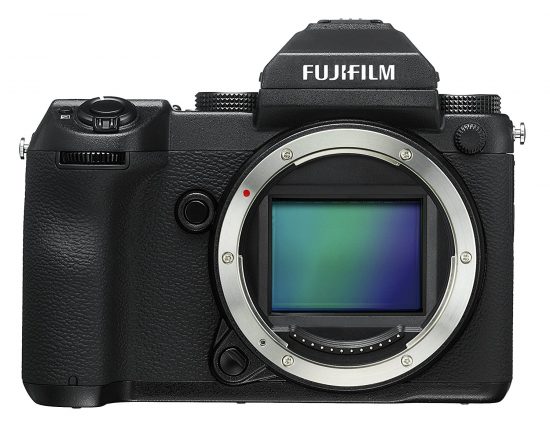
The Fujifilm GFX is a medium format mirrorless camera, with a larger chip with a massive resolution of 51.4-megapixels. The larger sensor is able to capture more light and information, making it a great choice for landscapes. However, the camera is larger, doesn't handle quite as well as a digital SLR and currently the choice of compatible lenses is limited. Not to mention cost – this camera, with lenses, represents a big investment.
In Conclusion
There are lots of advantages to going mirrorless, but a digital SLR still offers the best handling. Providing your budget allows, opt for a full-frame camera for landscapes. The Canon EOS 5DR S offers the most megapixels and is an excellent choice, but the Nikon D810 is also a good choice, with great dynamic range. It will be interesting to see what the D850 offers when it is launched – as it has the potential to be the best option yet.
Source:
What's the Best Camera for Landscape Photography?
